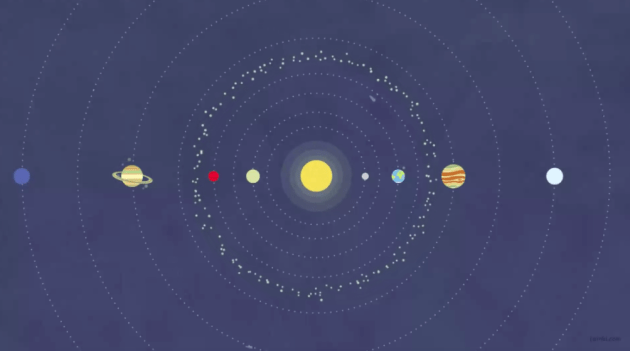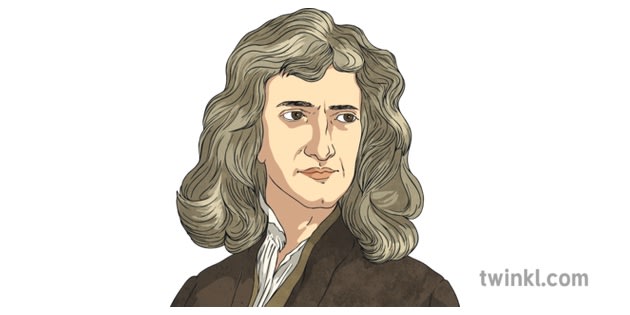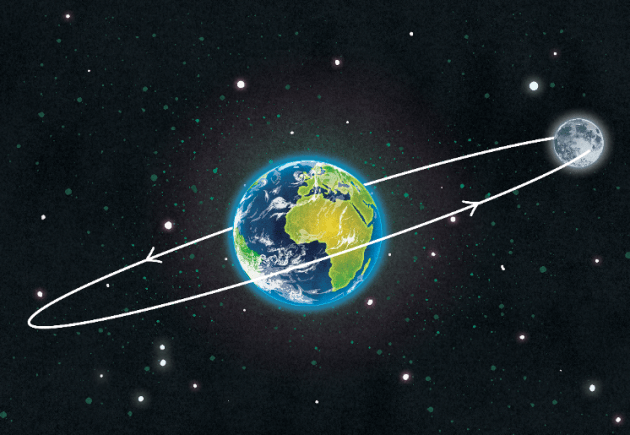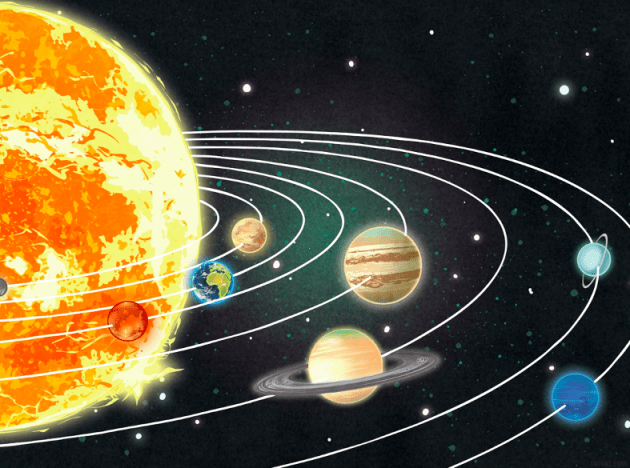

Have you ever wondered why Earth doesn’t just float away or fly off into space? This is because of an orbit!
So, what is an orbit? An orbit is a repeated path that an object (known as a satellite) takes around another object.
The planet Earth orbits the Sun, along with the other planets in our solar system. This is because the Sun is at the centre of our solar system. Comets, asteroids and space debris also orbit the sun, moving along an imaginary flat surface known as the ecliptic plane.
All orbits are elliptical, which is a shape that looks like a flattened oval. For planets, this oval shape gets slightly squashed, so it forms more of a circular shape.
An orbital period is the length of time it takes for a satellite to complete one full orbit. This is also called a Revolution Period.
For planets within our solar system, this is the length of time it takes for the planet to orbit the sun. This is also known as something you will no doubt have heard of - a year! Earth’s orbital period is 365 days, so this is why one year on Earth lasts 365 days.
Other planets have different orbital periods to Earth. This means that one year on that planet would be a different length of time as one year on our planet. Have a look at the orbital periods of the planets in our solar system below:

The thing that holds a satellite in orbit is the force of gravity. A satellite wants to move in a continuous straight line, but gravity stops this from happening and makes it travel along a circular shaped path instead.
It was Sir Isaac Newton who discovered that a satellite will continue moving in a straight line unless it is pushed or pulled from its path. This is known as Newton’s First Law of Motion.
You can get natural occurring satellites, and man-made satellites.
The International Space Station (ISS) is an example of a man-made satellite. Man-made means that the satellite has been created by people, like a machine. The ISS is a large spacecraft that astronauts live on and use as a base to explore space. Tim Peake is an inspiring astronaut and was a crew member on board the ISS for 6 months. Other famous astronauts to explore space include Neil Armstrong, Buzz Aldrin, and Michael Collins.
An example of a natural satellite is Earth’s moon. A natural satellite is one that is not created by humans. Almost all planets in our solar system have natural satellites, except Mercury and Venus. The Moon is an example of a natural satellite, because it orbits around Earth. The Earth is another natural satellite which orbits around the Sun, along with all the other planets, asteroids, comets and meteors in our solar system.
There are three types of orbits around Earth: high orbit, medium (or mid) orbit, and low orbit.
The closer the satellite is to Earth, the quicker it moves. This is because the gravity of Earth is stronger the closer you are to it. For example, a satellite orbiting Earth at 750 km above the atmosphere takes 99 minutes to make one single orbit. However, the Moon orbits Earth at 384,403 km and takes 28 days to complete a single orbit.
In the past, we thought that the Sun orbits Earth along a circular path. This is because every morning the Sun rises in the East and sets in the West. But today, thanks to excellent mathematicians like Galileo Galilei and Nicolaus Copernicus, we know that the Earth actually orbits the sun, along with all the other planets in our Solar System. This is because the Sun is at the centre of our solar system.
The Sun is so big that it’s gravity is over 2 times stronger than our gravity here on Earth! This allows the planets in our solar system to orbit around it.
Teach children all about orbits and the solar system with our fantastic learning resources.
Have you ever wondered why we have day and night? Have a go at our Differentiated Day and Night Worksheets to find out.
Make your classroom solar system display stand out with our Solar System Cut-Outs. Or, find out what the children know by having them assemble the planets in order of how far away they are from the Sun.
We also have fun literacy activities based around the solar system to help your children develop their reading, writing and decoding skills. Enjoy a reading lesson about how the Earth orbits the Sun with our Summer Solstice Reading Comprehension Activity. Being teacher-made and differentiated, you can be sure that this task will suit the range of learning needs within your class.
Our engaging Functional Model of the Moon and Earth allows your learners to see for themselves how planets interact with one another. Why not also try our Earth and Sun Model? Or, demonstrate how satellites orbit around Earth with our Orbiting Satellite Wheel. Creating these physical models with your children is a great way for visual learners to better understand a very difficult concept.
 Home
Home  Membership
Membership  Customer Support
Customer Support  Create
Create  Blog
Blog 























